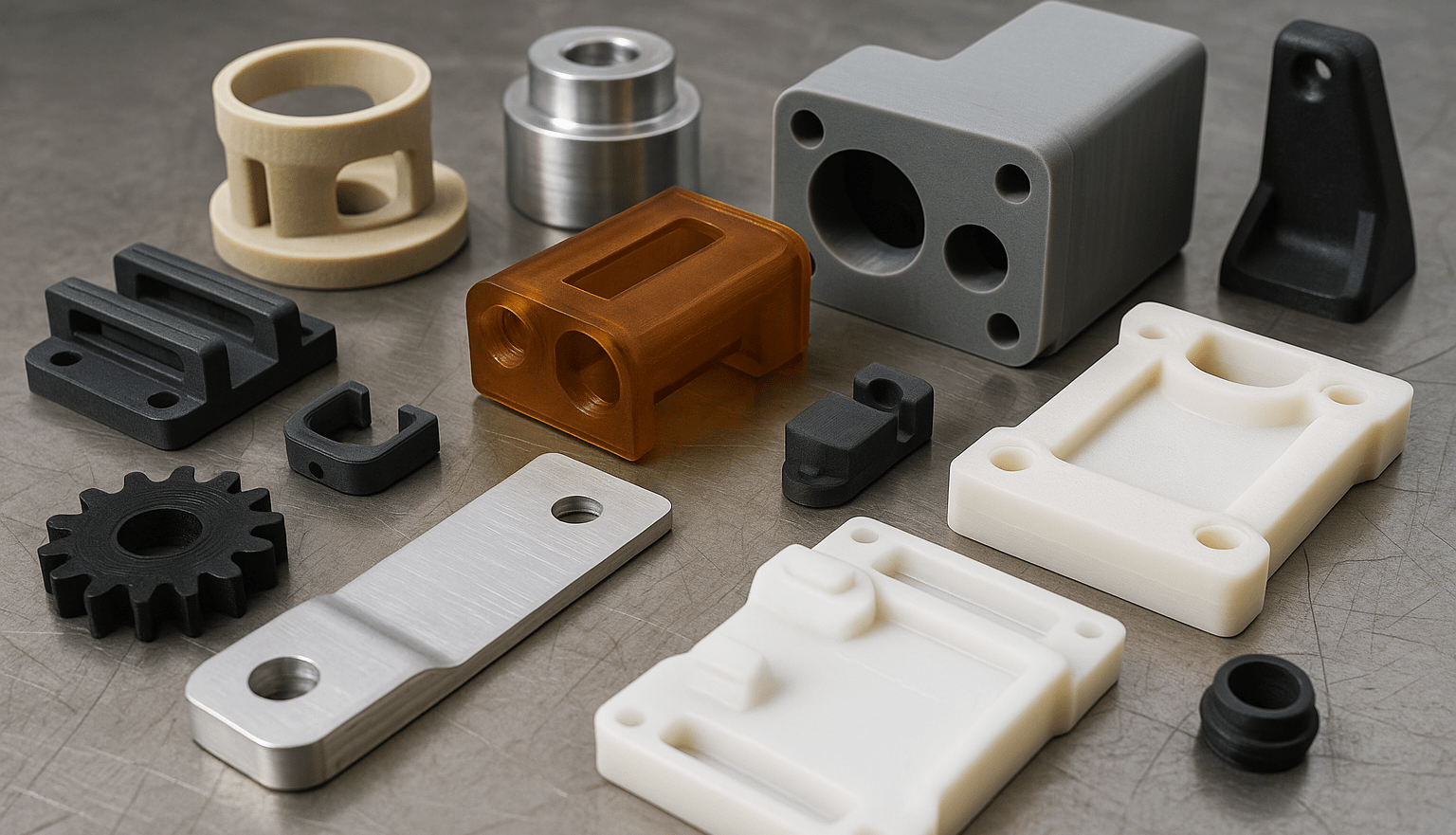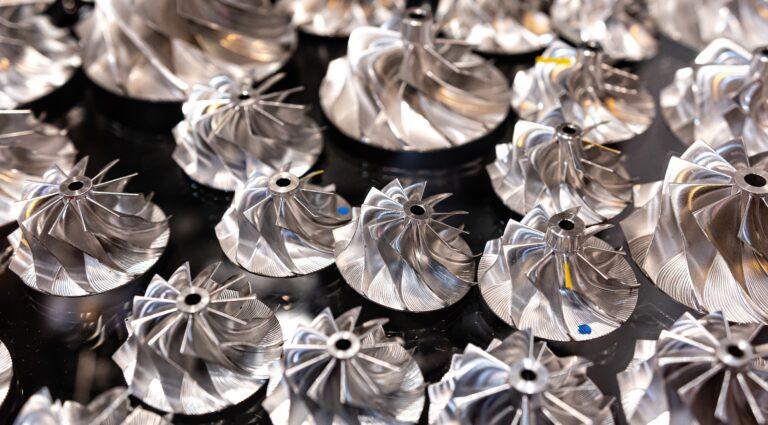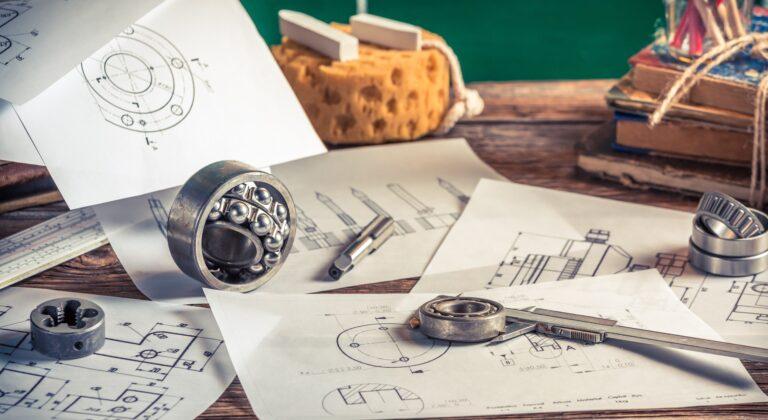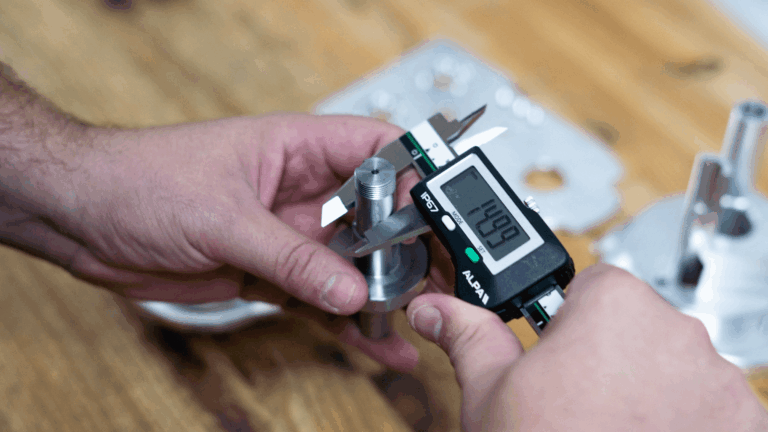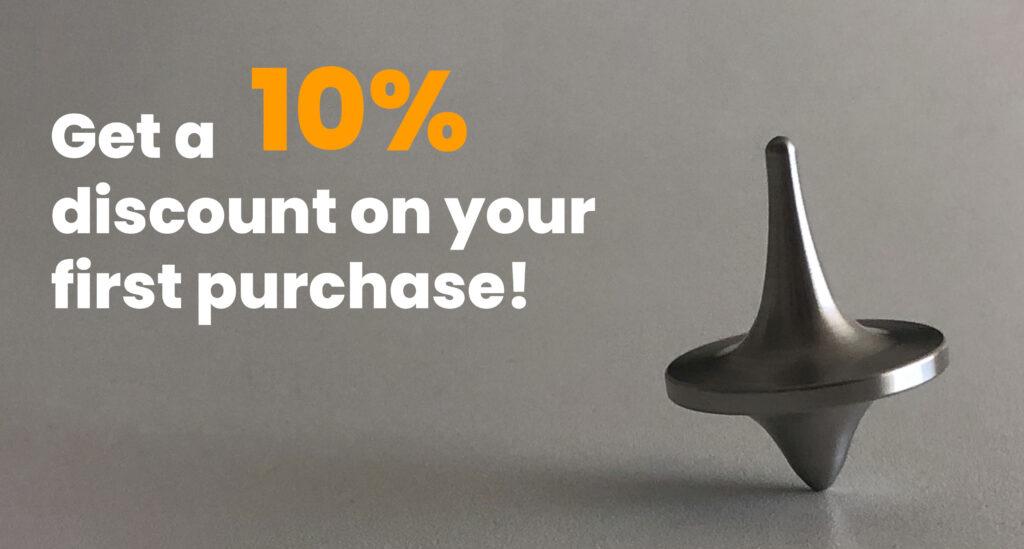Choosing the right material is one of the most important decisions in the prototyping process. It not only affects the final appearance of the model, but also determines its functionality, strength and cost.
At Proto&Go! we see it every day: a good design can fail if it is manufactured with the wrong material. That’s why in this article we explain how to make the best decision, especially if you are developing your first prototype or if you have no previous experience with manufacturing.
The function determines the material
Before making a choice, a key question must be answered: what will the prototype be used for? An aesthetic validation model, a functional prototype that must withstand mechanical stress, or a pre-series intended for user testing are not the same thing.
For example, if the objective is to validate the visual design, one can opt for inexpensive plastic materials that allow quality aesthetic finishes. On the other hand, if you want to test the mechanical behavior, you will need a material that approximates the conditions of the final product, such as a machined aluminum or a resistant technical resin.
Criteria for selecting the ideal material
One of the most common mistakes when designing a prototype is to choose a material based on intuition or visual appearance. The ideal is to take into account objective technical criteria. Some of the most important are:
- Mechanical resistance: Will the prototype be subjected to loads or impacts?
- Working temperature: Must it withstand heat, cold or thermal changes?
- Weight: Is it important to be light?
- Surface finish: Does it need to be textured or painted?
- Compatibility with other materials: Is it assembled with other parts?
- Cost and availability: Do you have to balance functionality and budget?
Each of these factors helps narrow down the range of options. A useful tip: prioritize the most critical properties based on intended use and consult a specialist if in doubt.
Basic comparison: 3D printing, CNC machining and silicone molding
The manufacturing process also conditions which materials you can use. For example:
- 3D printing: offers materials such as PLA, ABS, PETG, PA12 or technical resins. It is ideal for rapid prototyping, complex parts or volumetric validations.
- CNC machining: allows working with metals such as aluminum, steel or brass. It provides precision and good finishes.
- Silicone molding: a very useful technique for manufacturing pre-series or functional prototypes in polyurethane (PU). From a master model, a flexible mold is made that allows several copies to be obtained with detailed geometries and finishes similar to the final product. It is particularly effective when small runs and good mechanical behavior are required.
The choice between these methods depends not only on the material, but also on the purpose of the prototype, the available budget and the lead time.
How to avoid common mistakes in the selection of materials?
A common mistake is to assume that the prototype must be built with the same material as the final product. This is not always necessary, nor efficient. Often an alternative material can be used to simulate the desired behavior, saving costs without losing functionality.
Another mistake is to disregard post-processing. Some materials require sanding, painting, varnishing or even assembly. Therefore, it is a good idea to ask about the finishing options available before deciding.
Recommended materials according to the type of prototype
- Aesthetic prototype: PLA, ABS, standard resins or PMMA. Easy to work with and visually attractive finish.
- Functional prototype: PA12, POM, aluminum, or even stainless steel if there are demanding requirements.
- Assembly validation prototype: PETG, ABS or materials that allow tight tolerances and certain resistance.
These recommendations are for guidance only. It is best to consult directly with our team of experts, as they will be able to assess your case in a personalized way.
The manufacture of parts and prototypes at Proto&Go!
Choosing the right material not only improves the prototype: it reduces iterations, avoids surprises and accelerates product development. At Proto&Go! we offer quotes in less than 24 hours from the web and a technical team that can advise you on which technology or material is best suited to your project.
Upload your 3D file, choose manufacturing option and receive your part in a few days, request your quote now on our website!

